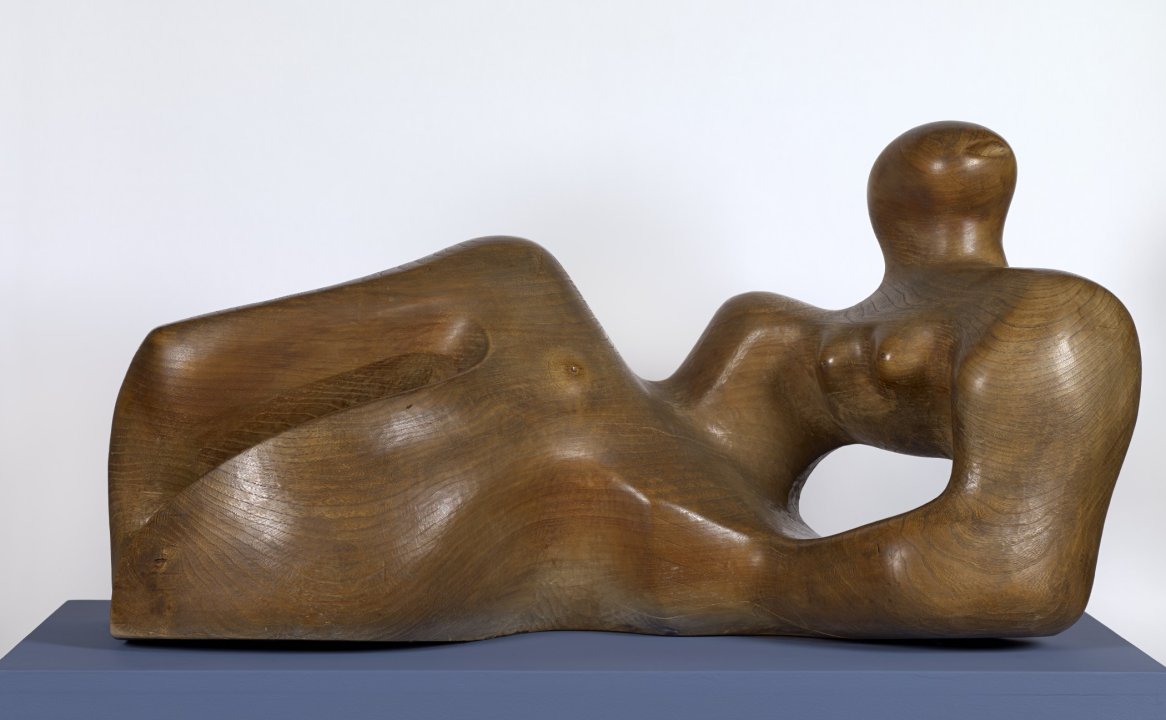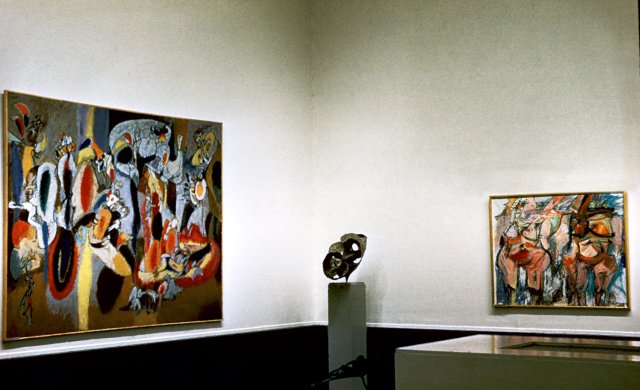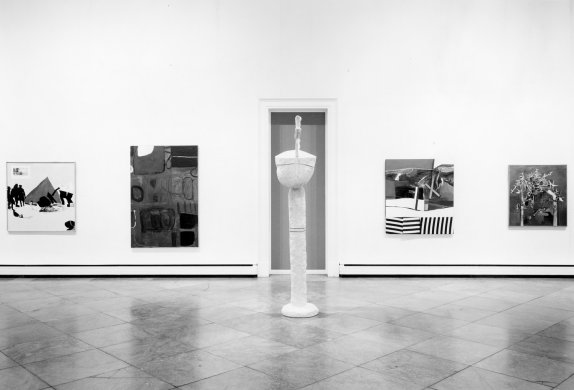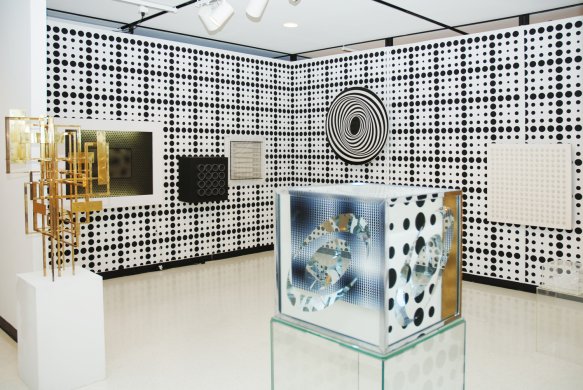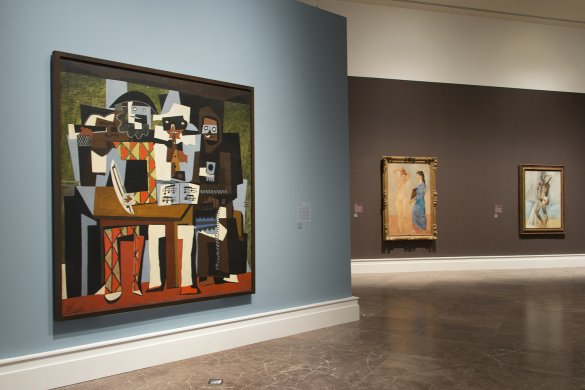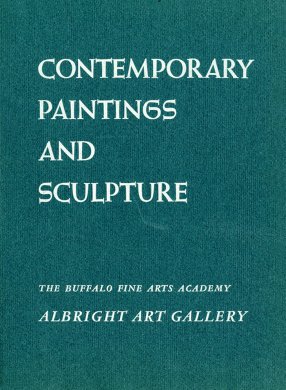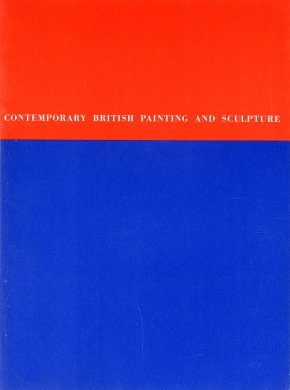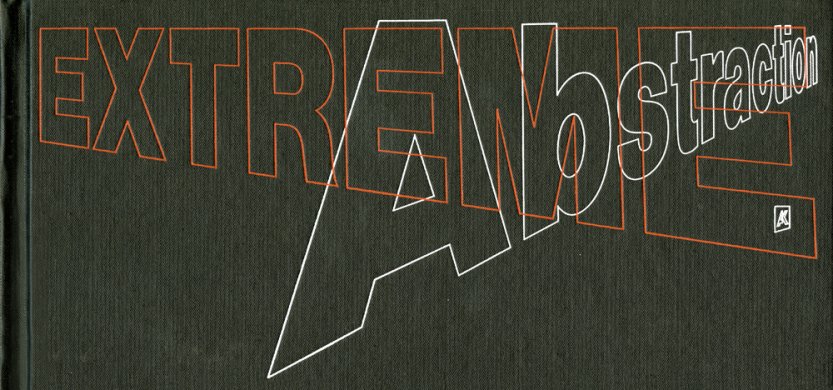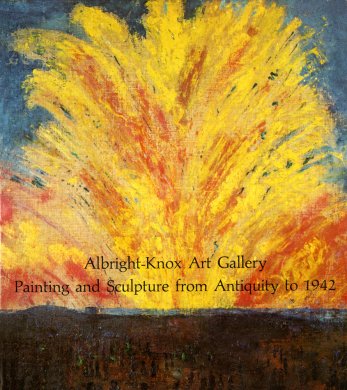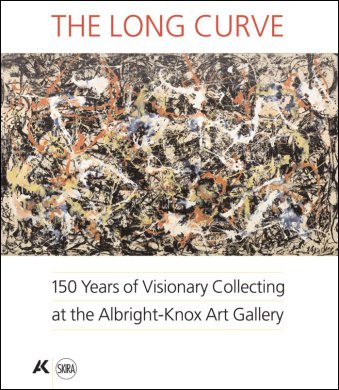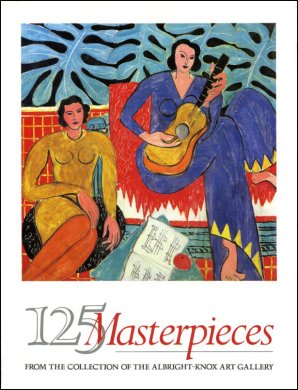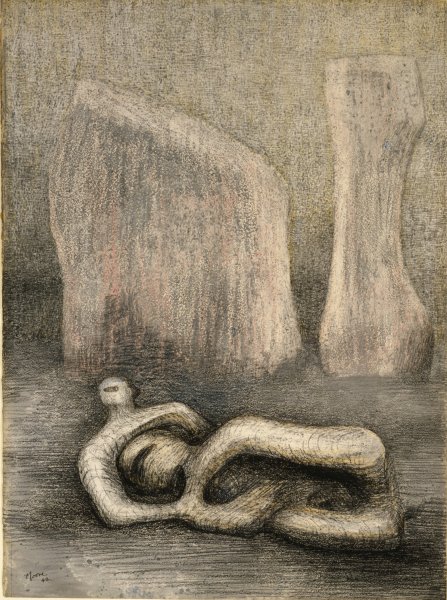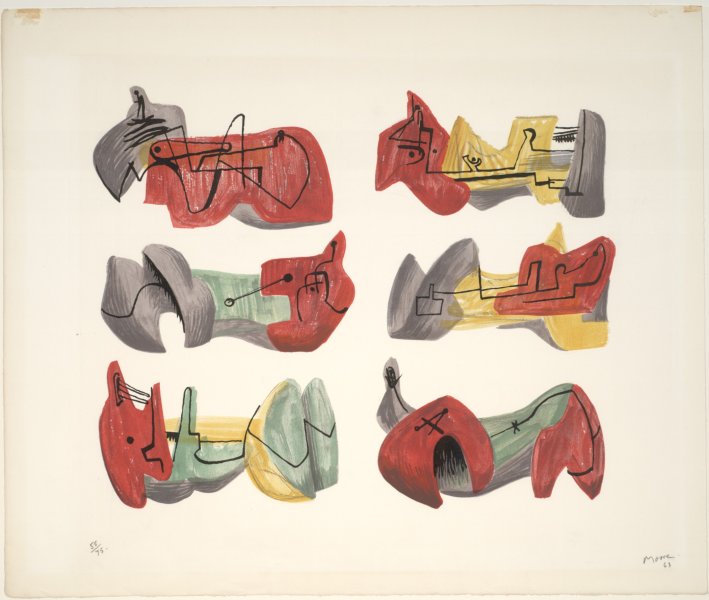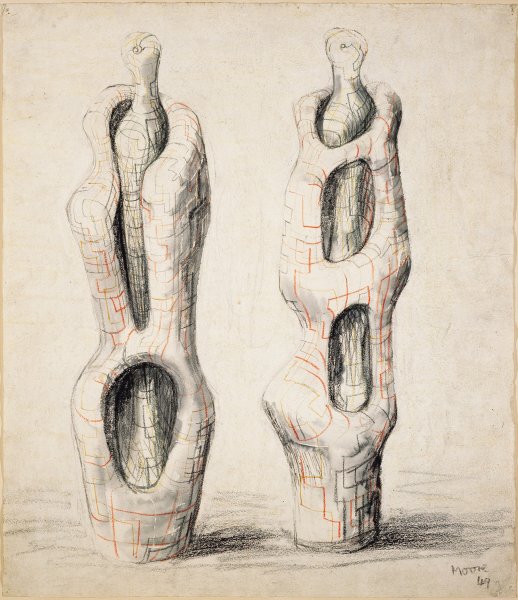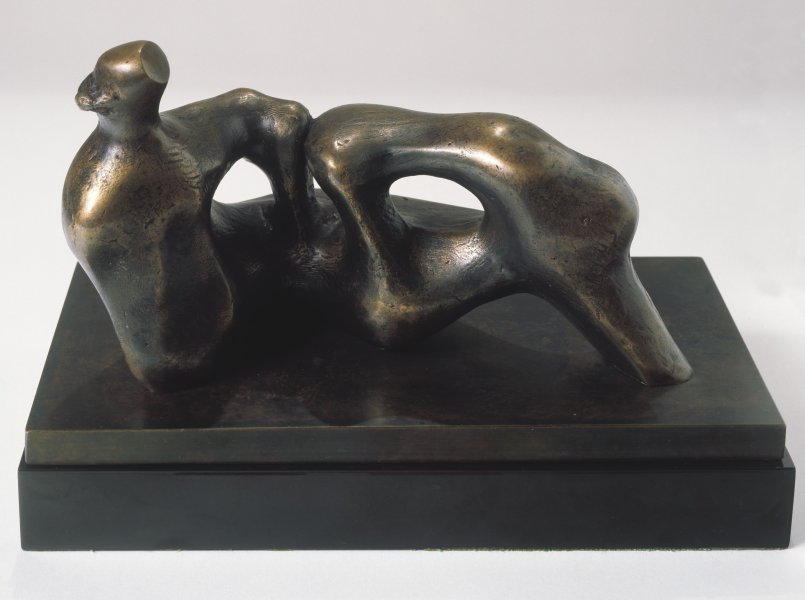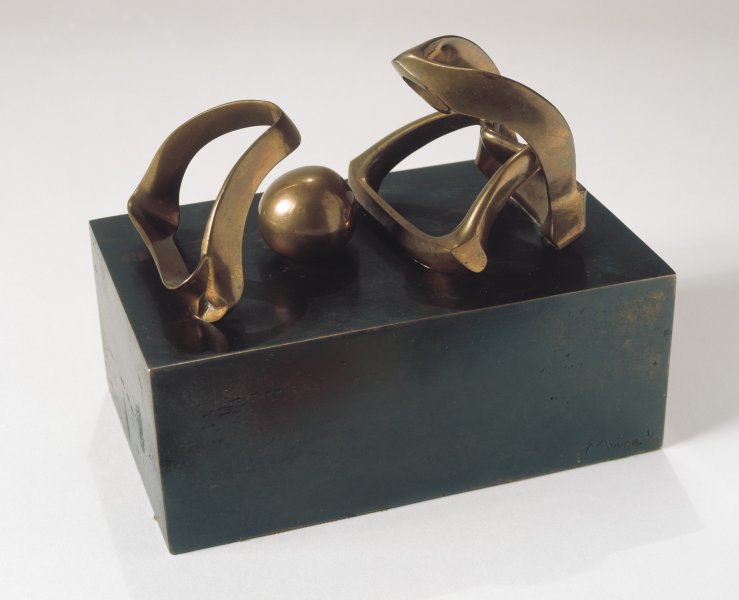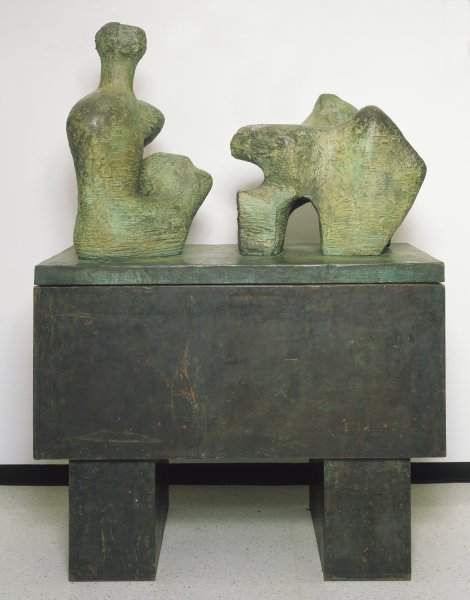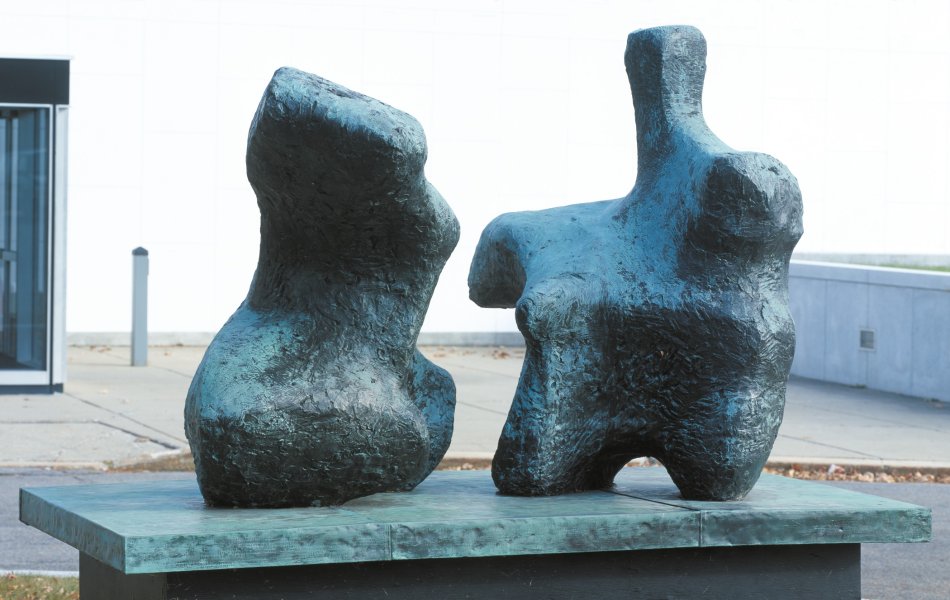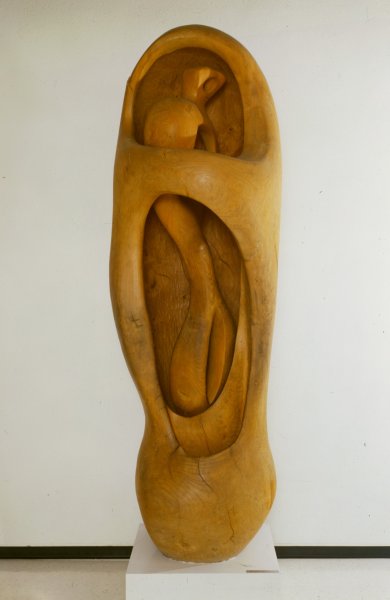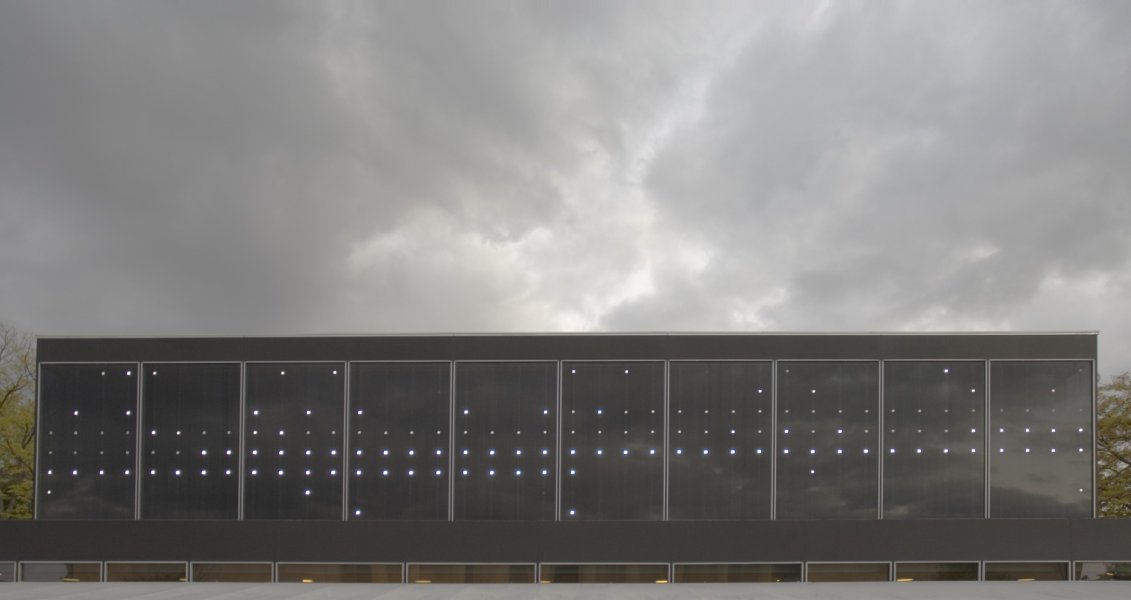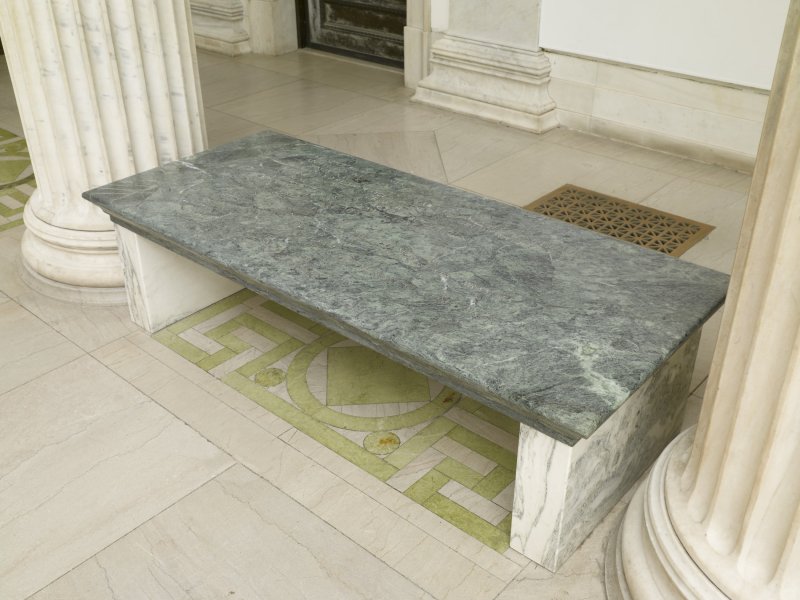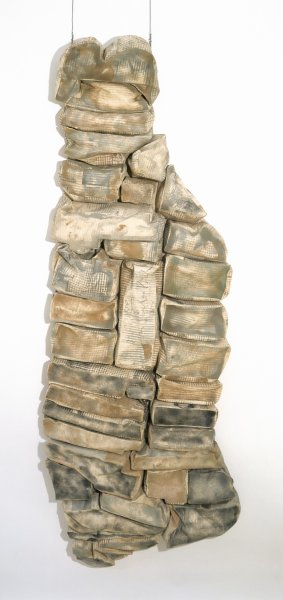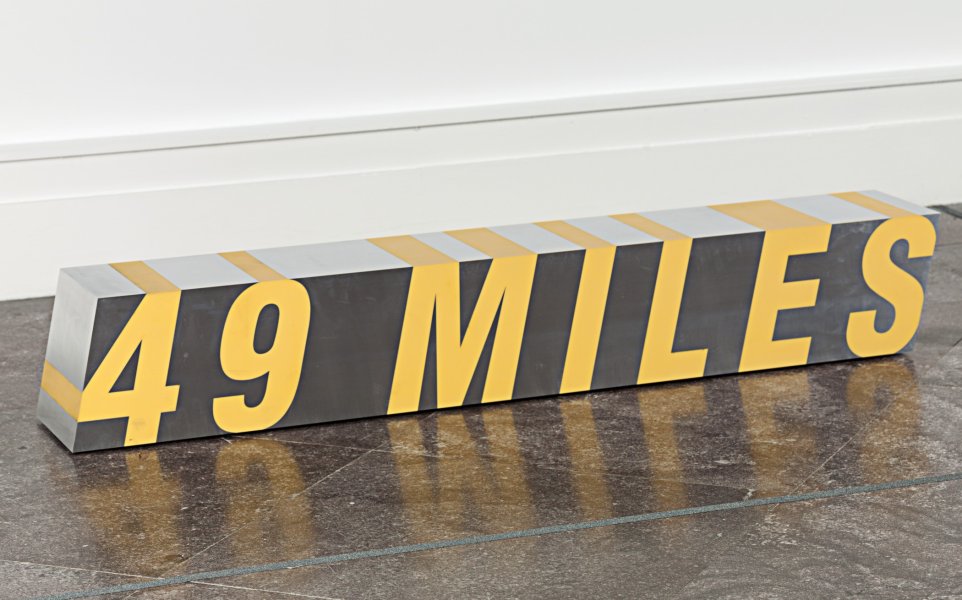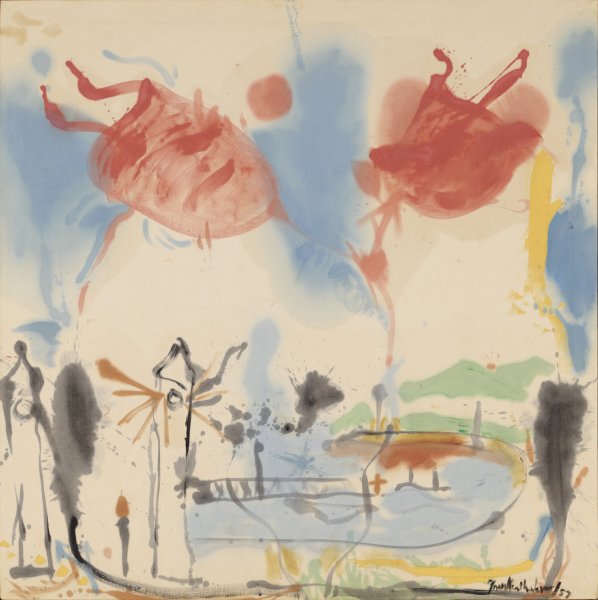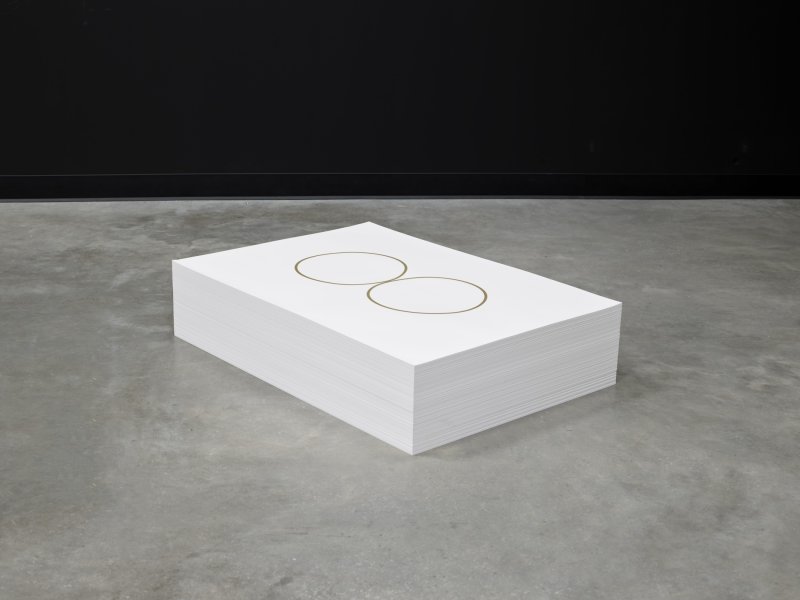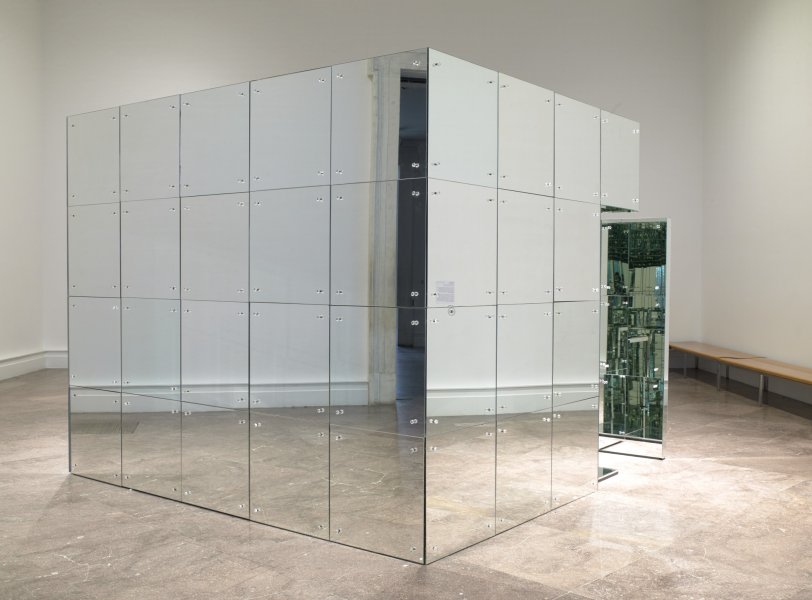Henry Moore
British, 1898-1986
Reclining Figure, 1935-1936
Artwork Details
Collection Highlight
Materials
elm wood
Measurements
overall: 19 x 36 3/4 x 17 1/2 inches (48.26 x 93.34 x 44.45 cm)
Collection Buffalo AKG Art Museum
Credit
Room of Contemporary Art Fund, 1939
Accession ID
RCA1939:12.1
In 1924 Henry Moore began exploring the theme of the reclining figure, and he eventually began seeing parallels between the motif and the landscape. The earliest of these sculptures, which Moore made between 1926 and 1930, are carved in stone or cast in bronze or concrete—the latter of which have an especially abstracted, bulky, and archaic quality that was influenced by pre-Columbian art. During the 1930s, however, the artist began to explore the impact of more flowing contours and open forms. This overall organic effect was echoed and enhanced through the use of elm wood, which has a wide grain that Moore preferred. On one hand, “Reclining Figure” can be seen as a graceful female body, with a recognizable head, neck, shoulders, and breasts, leaning on one arm. Beyond her prominent navel is a pair of highly abstracted legs. Yet, it can also be interpreted as hills, valleys, or rock formations. Moore’s use of deep hollows and slashed expressions suggests psychological tension within the subject, bringing his work into affinity with Surrealism. This work is the earliest of Moore's wooden reclining figures and was the first sculpture by the artist purchased by an American museum.
